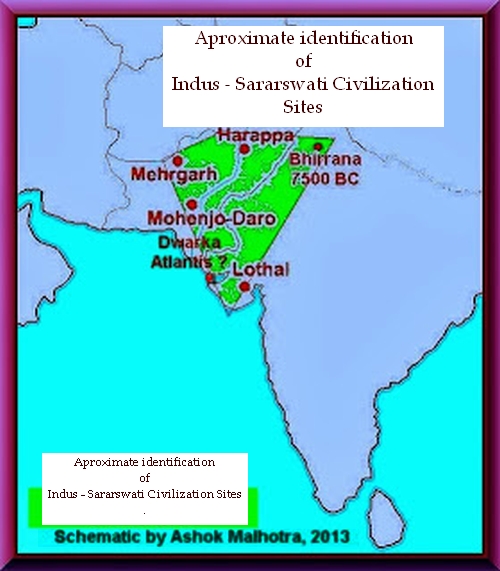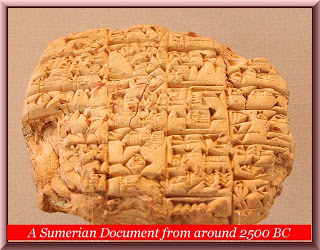Indus Valley and Atlantis

Ancient civilization in the land of two rivers Saraswati and Indus known in modern times as Indus Valley often because the Saraswati River has mostly been lost since ancient times, from tectonic shifts or climate change or both B etween three and four thousand BC three great river valley civilisations with planned urban areas sprang up in three different parts of the world - Indus Valley, Sumeria and Nile valley in Egypt. recent archeological findings at Bhirrana near Delhi push back the origins of the Indus valley civilisation to 7500 BC i.e the oldest of the three. Even Mehrgarh dates to 7000 BC showing the extent of the early Indus valley civilisation extended from Mehrgarh in the East to at least Bhirana in the west. Recent excavations in the gulf of Kambhat suggest that in the south the civilization extended up to the ocean coast. By 5500 BC all these sites had a fairly developed urban culture that predates Sumerian civilization by around two thousand years. Rakhig
